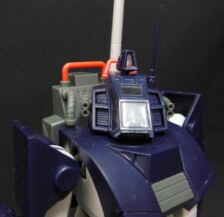1/72 SDR-04-Mk.XII Destroid Phalanx – Available from HobbyLink Japan
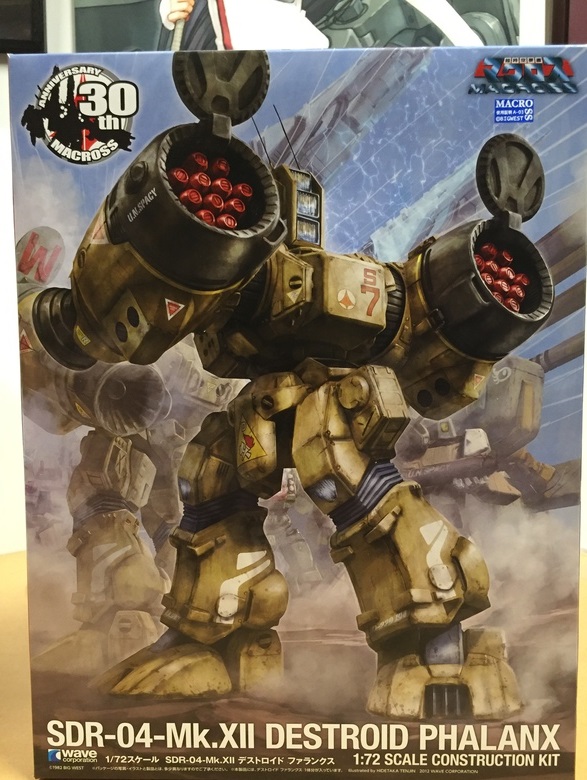
“Let’s really do something weird” – Miyatake Kazutaka
One of the appeals of Super Dimension Fortress Macross from the very outset of the design process was that it was not saddled with being, as Master Miyatake commented, ‘first out of the gate’ when it came to the modernized ‘real robot’ boom. Though we might see this as something of a detriment (in that the series was riding the heels of the impressively popular Mobile Suit Gundam series of 1979, which was just being released as streamlined movie versions as Macross was being developed/released), it actually proved something of a boon to the folks behind both the narrative and, more importantly, the mechanical designs.
Much as with Gundam, the funding for Macross came partly through the expected exploitation of a variety of toy and model lines, and the Studio Nue minds behind the mechs in the series – the above-mentioned Master Miyatake, Kawamori Shoji, etc. – and, as a consequence, Macross had to have its own unique look, mechwise…
Interestingly though, according to Miytake, the whole idea for Macross did not begin life actually as a series, but as a series of thought exercises which came out of the then-new Studio Nue being contracted to create a series of toy lines to pay the bills. One of their founders, Matsuzaki Kenichi, suggested that if the company were to have any real worth, they would need to develop their own identifiable project which would seal their professional credentials and give them greater clout.
He had a good point. Even today, many brilliant design teams are hidden behind the branding of the giant corps for which they turn out masterworks. This is all very well for some (and profitable sometimes), but not for a bunch of eager go-getters getting onto the Creative Wave at the very outset.
These guys were going to ride the pipe, or wipe out like three week old kippers.
This, beginning as Megaroad/Genocidus, would ultimately become the Macross we know, and love today – with its phantasmagoria of mech, ship, and lien designs.
In a remarkably short period of time, the folks at Nue had beaten out some of the key concepts for the series, centered around the idea that their technology should demonstrate, even at the beginning, something of an evolutionary progression which should be visible to the viewer without need for lengthy exposition.
This was so because of the narrative device of the SDF-1 itself, a crashed alien space cruiser, from which humanity has extracted, experimented upon, reverse engineered, and finally ‘perfected’ a series of fighting machines designed to face off with the giant and possibly hostile original owners of said battle cruiser.
As a result, though the series was clearly based in the ‘ace’ valkyrie fighters, the Earth forces were also equipped with a series of other fighting units which represented both the ground-bound army of the series and also the steps through which the development of alien technology had progressed.
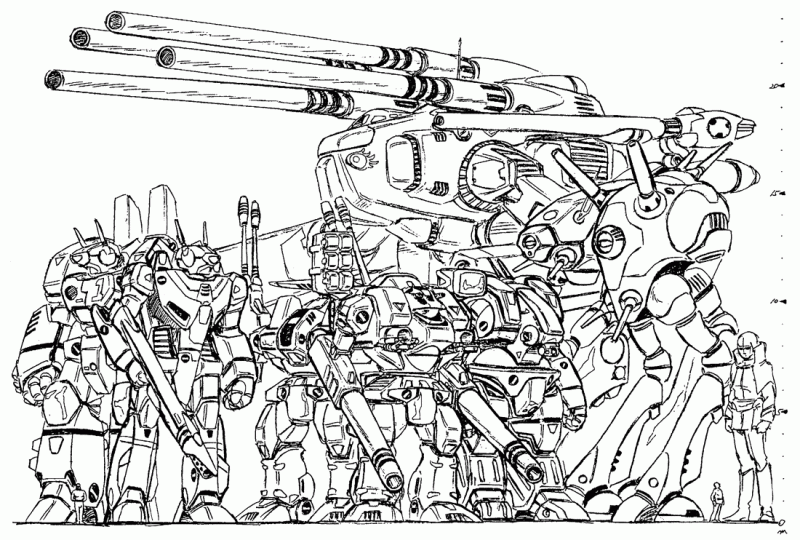

This was, though perhaps not quite realized at the time, important as it gave some subtle yet critical connections to the original technology upon which the viewers could hang their imaginations, highlight the very different reasoning powers of the humans vs. the Zentraedi, and in their final form reflect the parent cultures (or lack thereof) which each set of design sprang.
Complex, eh?
And to think it all began with a swift journey to kneecap hill…
Seriously.
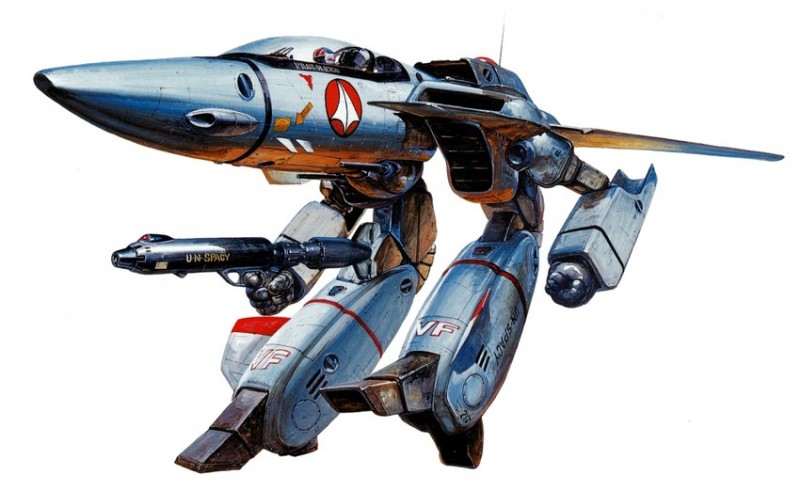

GERWALK
One of the images which fired my imagination in 1983 was this one (as well as the impressive Glaug), in as much as I had not seen anything quite like it before… Well, there was that Scout Walker in The Empire Strikes back, but we don’t like to mention this…
This reverse knee joint was the hinge about which the whole Macross design philosophy turned.
Toy makers were against it, as they claimed it too hard to produce, but the test shots that went out to Otakudom were lapped up. This design had the ring of reality about it in a way that not even Gundam had. Perhaps this was due to of the very way in which the designs, exemplified by the intermediate GERWALK state of the eponymous Valkyie, seemed both a defiance of all known forms of mechanical design, and appeared to be the product of an infinitely settled technique which gave use the all-too-real image you see above.
Something like a fighter could be understood by its audience. Even in Battroid mode, the audience recognized the Valks as ‘fighter planes’, and slotted their tech, role, and narrative points into neatly, if not quite understood places in their own minds.
It worked perfectly.
And not just for the Heroic Hero Fighters, but also the ground-pounding Destroids, which made up the unloved core of the UNT Spacy (if only by accident in some ways).
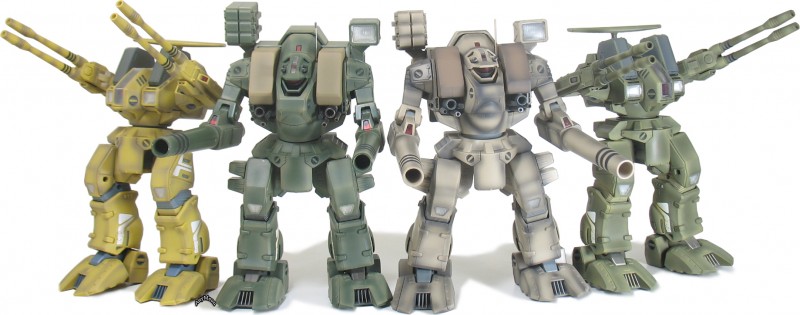

Destroids
If the Valkyries were the angels on high, the destroids of the series – some of the the first steps taken on the road to prepping Earth for war in the Heavens – were walking tanks, and that is the design philosophy which led Miyatake in their creation.
Taking cues from the rapidly developing arms race, he developed a hulking, brutish version of the Valk which would become the hard-fighting Destroid Spartan. However, though the design was certainly ‘good enough,’ and used several times in the series (even written into lore as one of the prototypes of the destroid series as a whole), it did not have the correct utility to it.
Therefore, Miyatake went back to the drawing board and created an almost modular series of mechs, based on the same legs, chassis, and general features – the Tomahawk, Defender, and Phalanx.
There is also the Destroid Monster, but no-one is entirely sure what Miyatake had been drinking the day he cooked this baby up (though I think we are all glad he did).
Each one of these beauties is, like their real-world counterparts, designed to take on a different battlefield role – from close combat, direct fire support and anti aircraft, to long-range barrage, and this is what seems to have won over modelers and toy fans alike when the merchandize went on sale in the early ’80s. The Valks had the flash, but the grumping, stumping, earth-shaking destroids seemed to have the magic…
They had, according to the Father of Mecha, Yokoyama Mitsuteru (and you will forgive if I paraphrase, as my memory is shakey), a way of bridging the gap between the totally real technology of the series and the Valkyries which defined it, better than in anything I could have done, and even more effectively than in Gundam.
Not that I think the old lad was taking a swipe at anyone/thing. Simply that the elegant, ugly lines of the Macross Destroids hit something of a mark with mecha fans who wanted more of that same ‘reality’ which the Valks delivered, but which seemed even more plausible as they embodied that most important element of the BFGR: sheer mass.
1/72 SDR-04-Mk.XII Destroid Phalanx by Wave
I loved the Phalanx, more than any other of the Destroids when I was a lad. Totally.
It was the arms.
Giant barrels of fun and frolics, just ready to be unloaded on unsuspecting Zenty pods and capable of reducing whle ships to utter ruin.
At least that is what it seemed like…
Everything about it oozed power and a sort of practical reality that mesmerized me.
And when Wave got the contract to do some HG 1/72 kits… Shame it has taken me so long to get round to this.



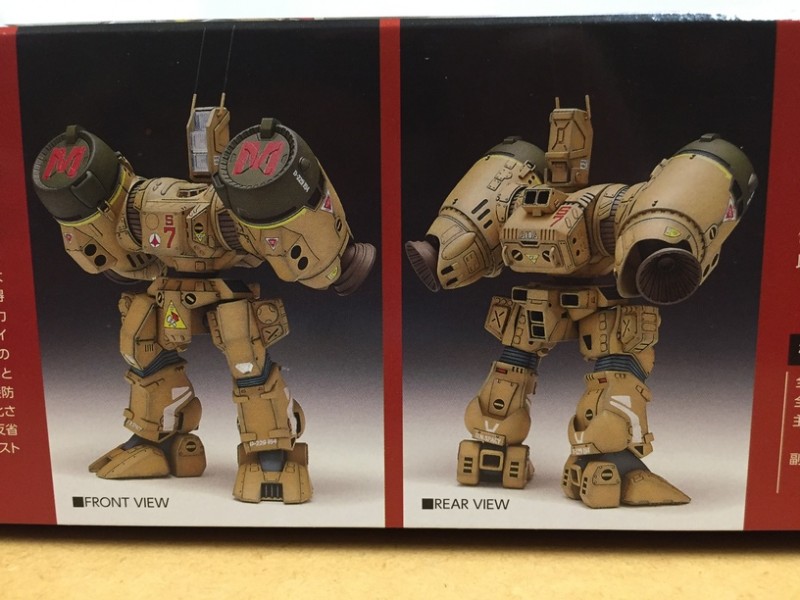

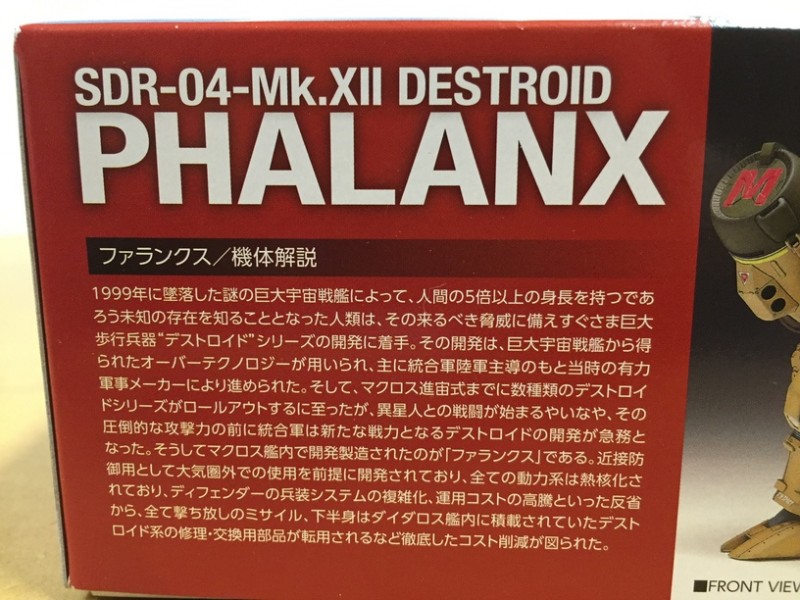

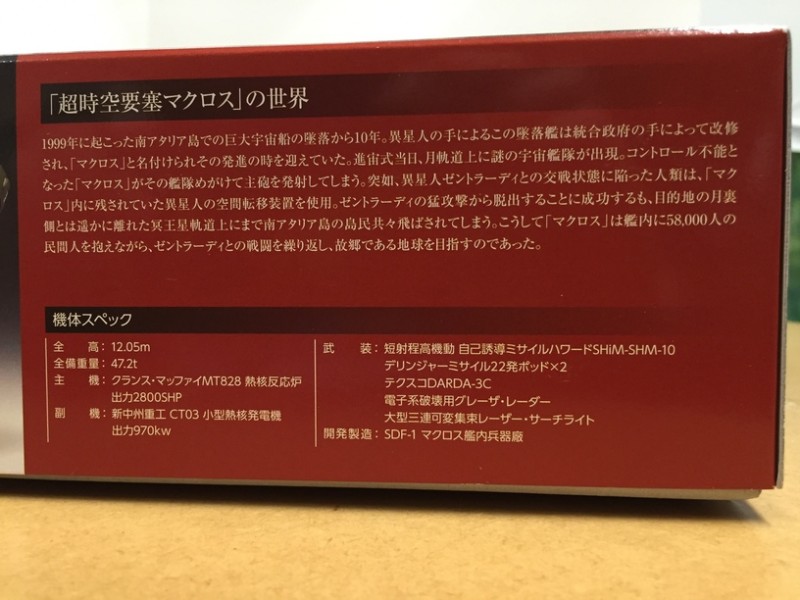

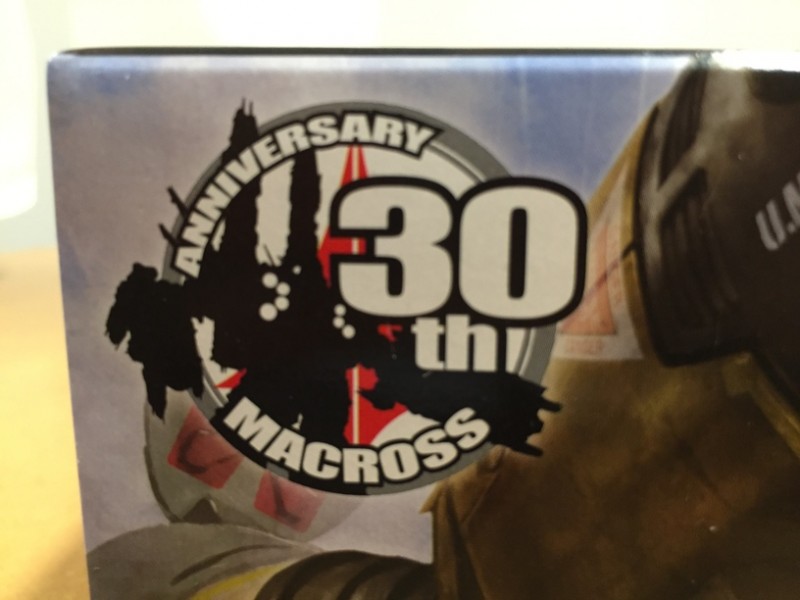

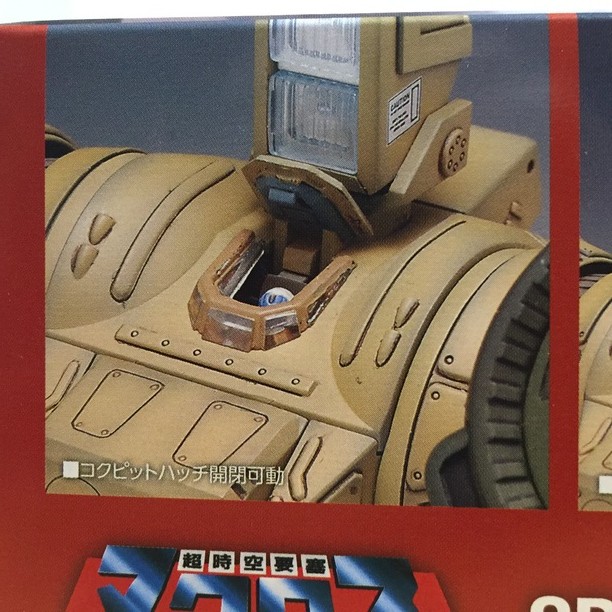

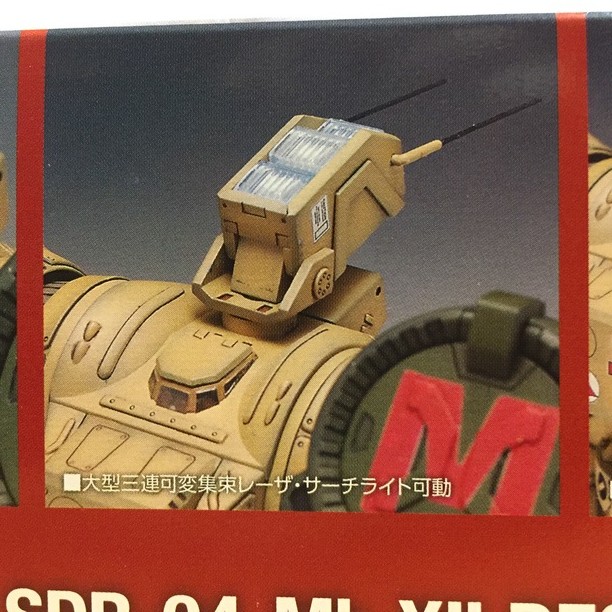

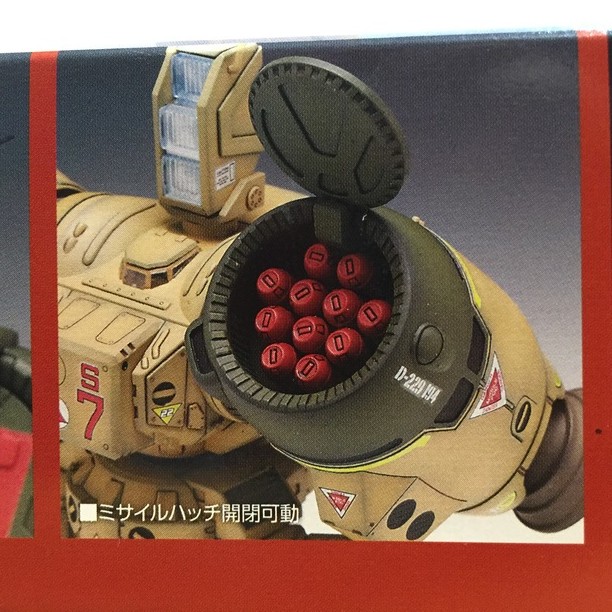

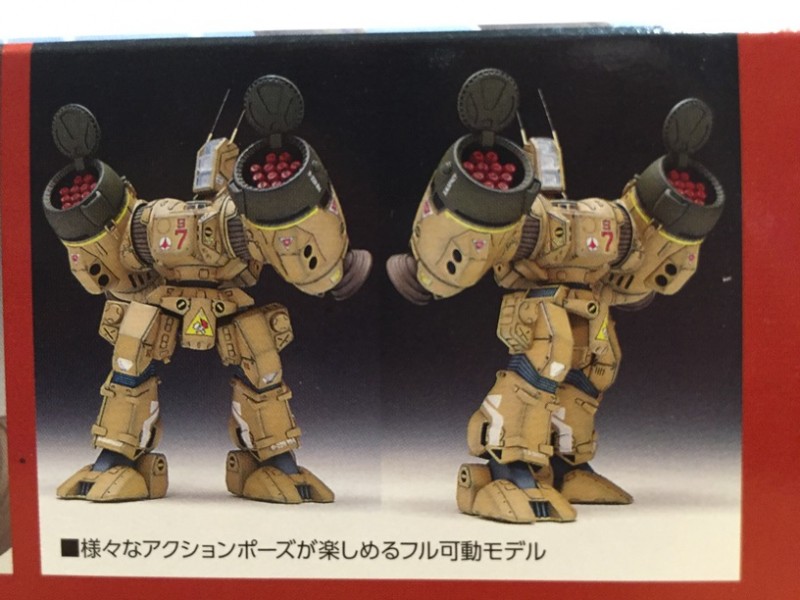

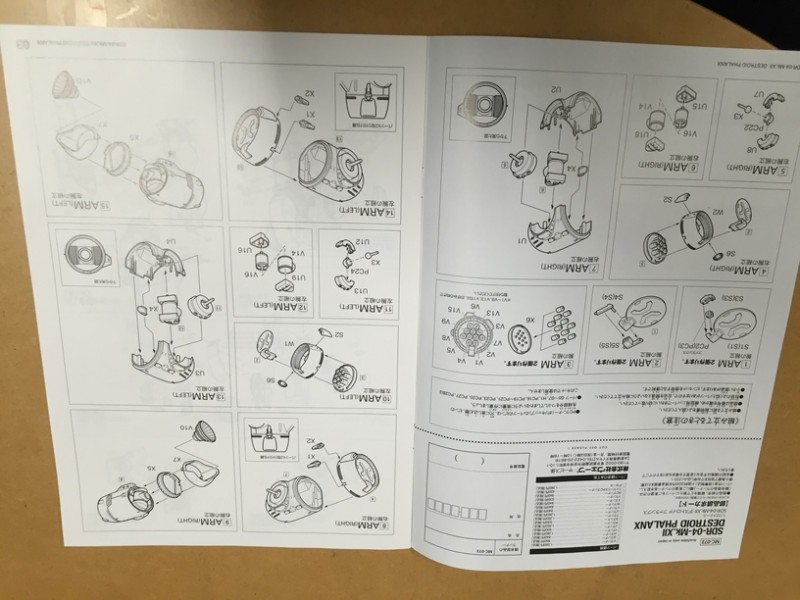

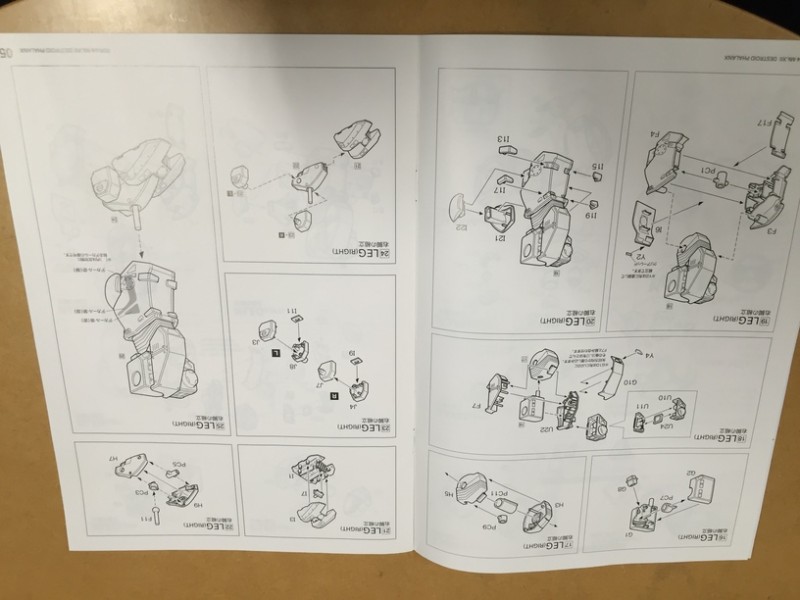

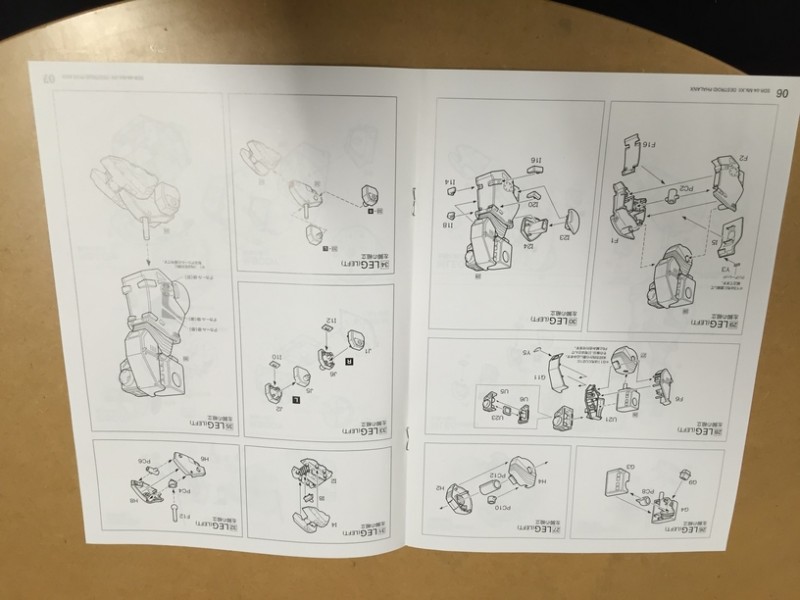

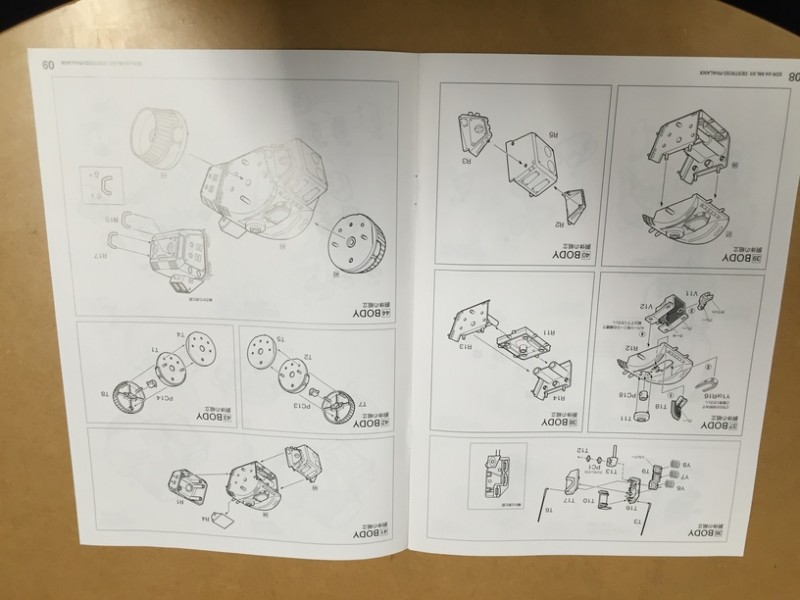

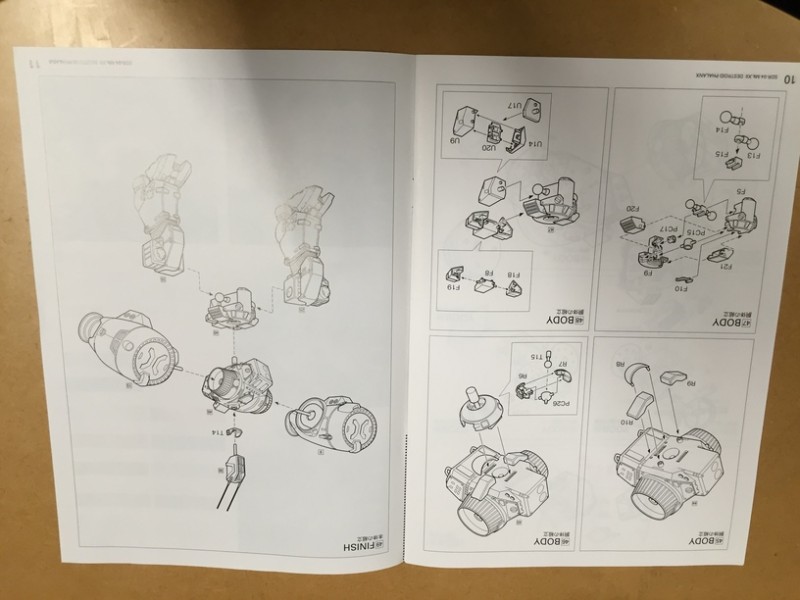

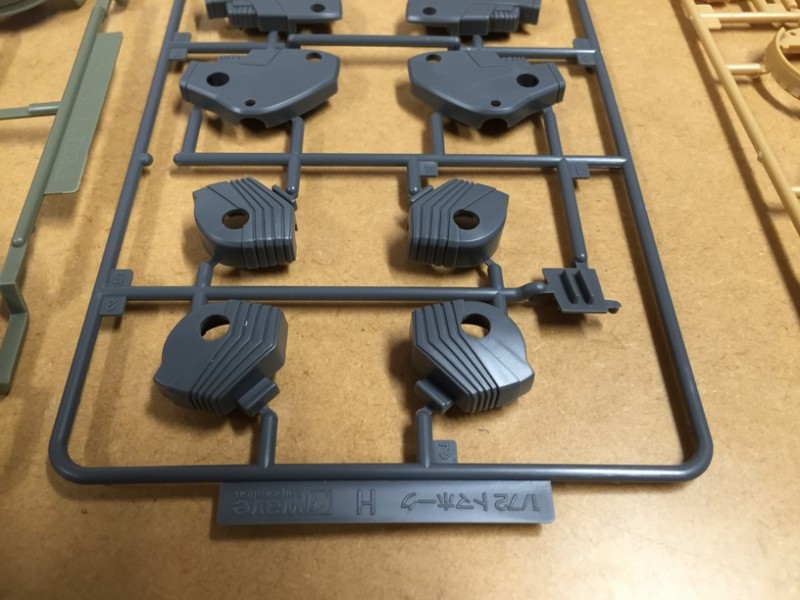

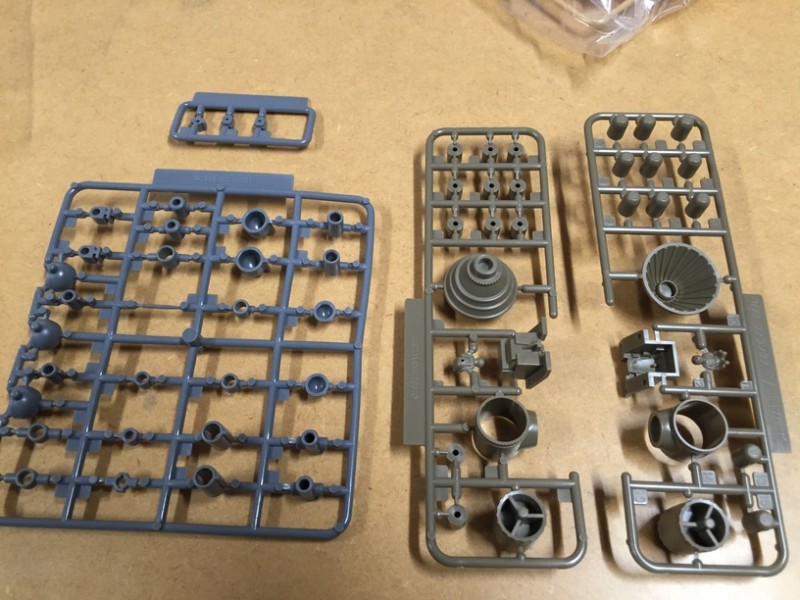

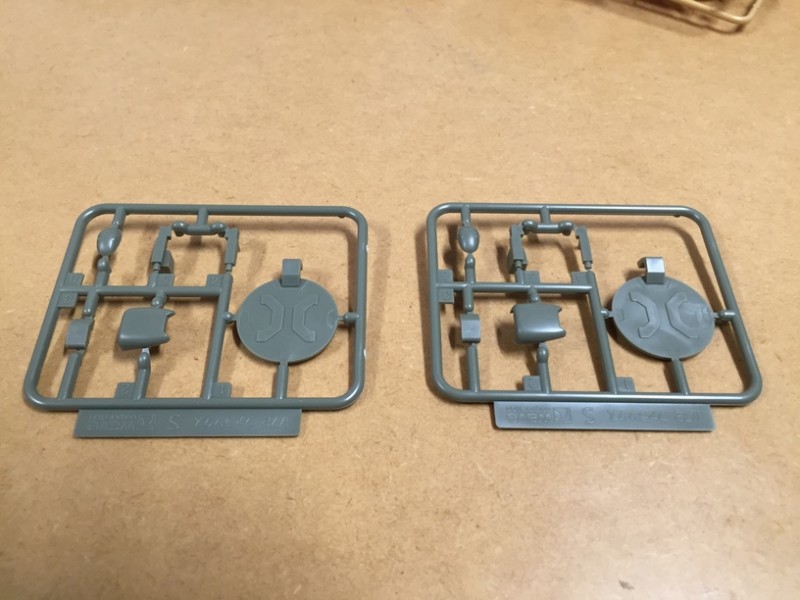

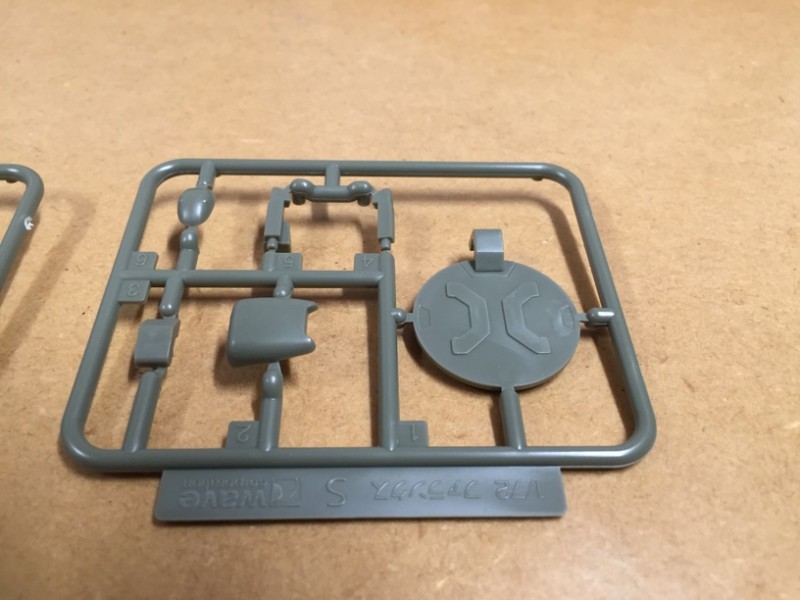

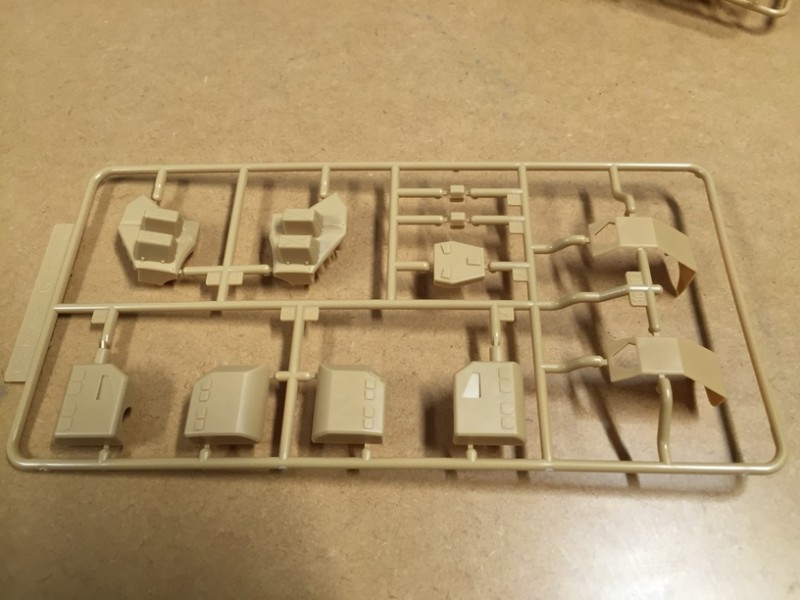

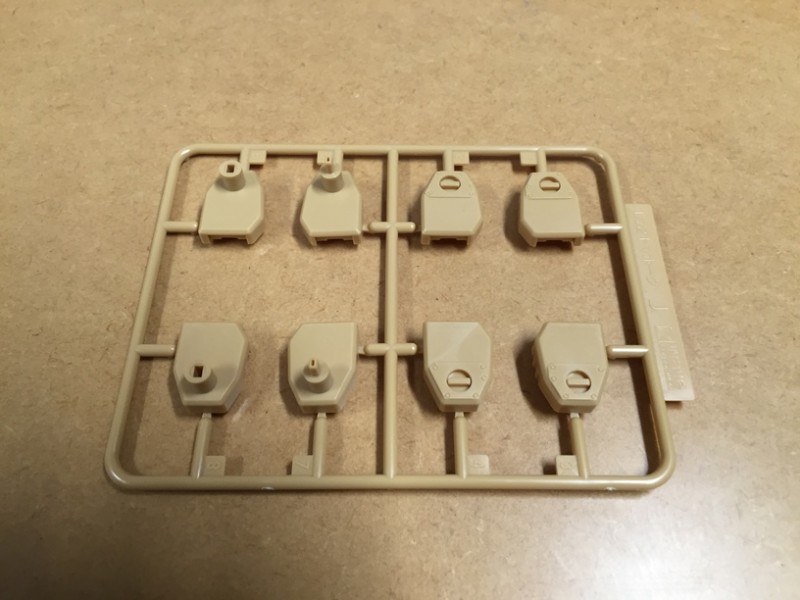

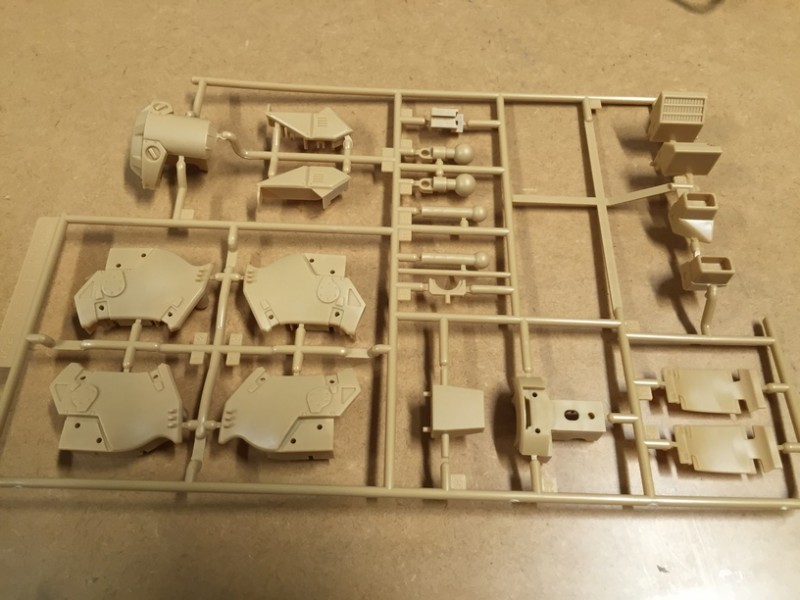

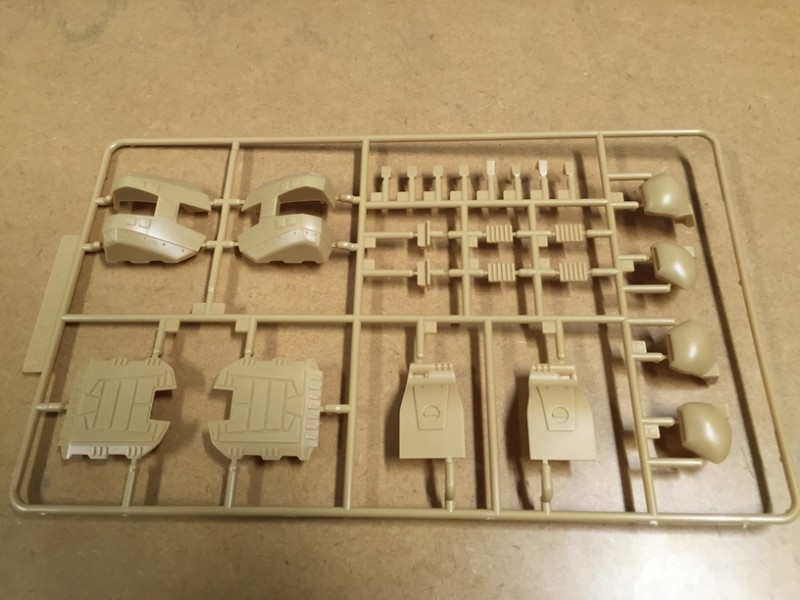

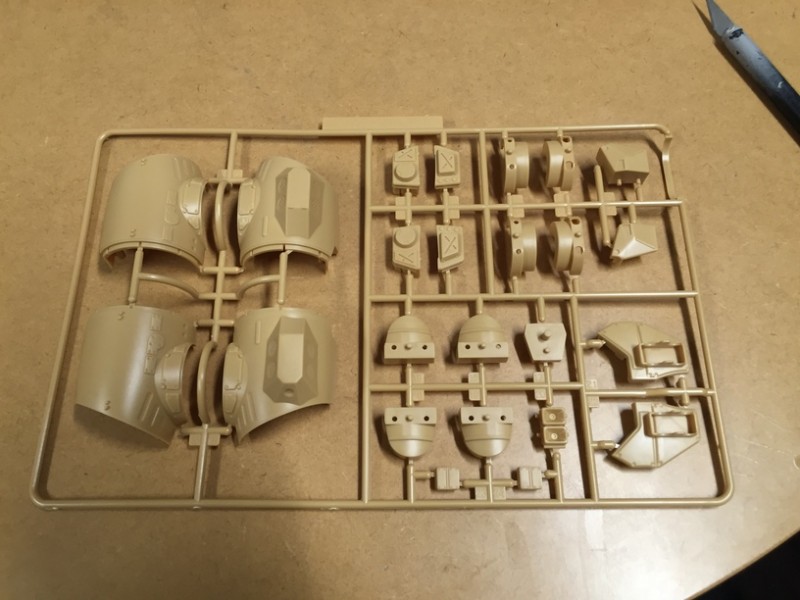

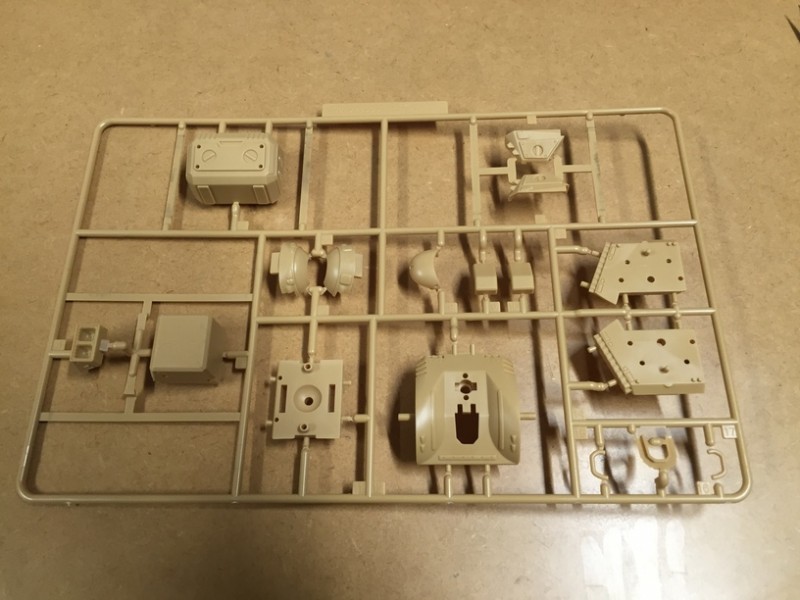

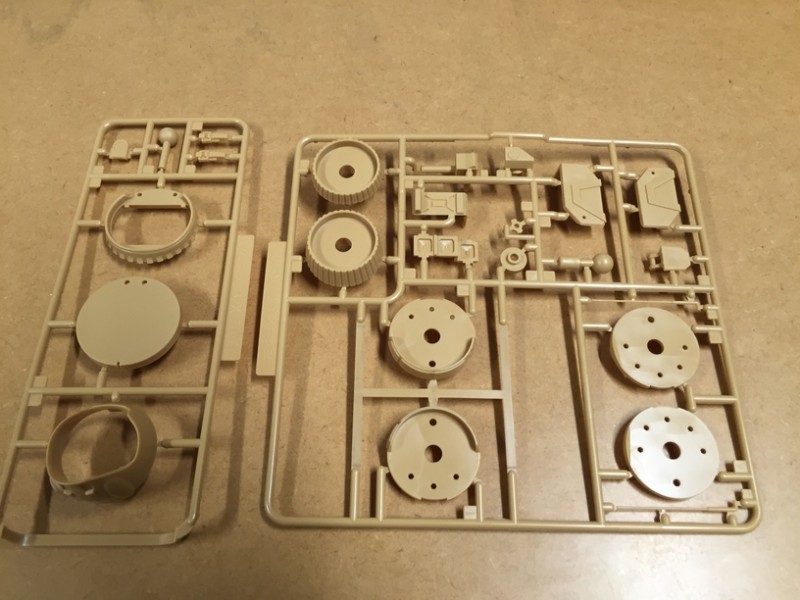

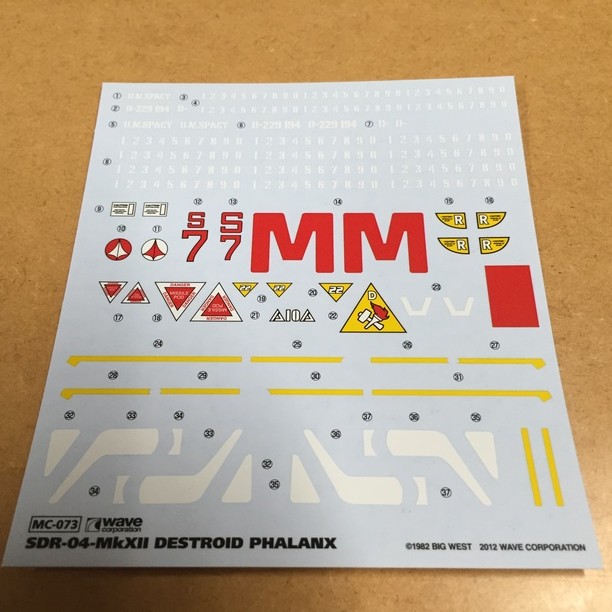

Initial Observations
These Destroids marked a bit of a turnabout in Wave’s manufacturing in 2009. This is not meant as an insult, for since the days of its garage kit business, Wave has been producing excellent kits (as evidenced now, by their supreme Votoms line). However, when Macross 30 hit, they used this as an opportunity to raise their bar and perhaps exploit the monetary returns on these kits (which remain as popular today as ever, though not cheap) to invest in better injection molding equipment.
The kit throughout is clean, with no obvious mistakes or excess flashing.
Most, if not all, of the spurs are on masked surfaces, which will help in cleaning up mold tool marks no end, and, though not a Bandai MG by any stretch, this really looks like it is what it says on the tin: a big can of destroid whoop-ass ready to send the whole lot of you a mail-shot you won’t recover from.
Let’s get it on!
Dr. Robodaz.



